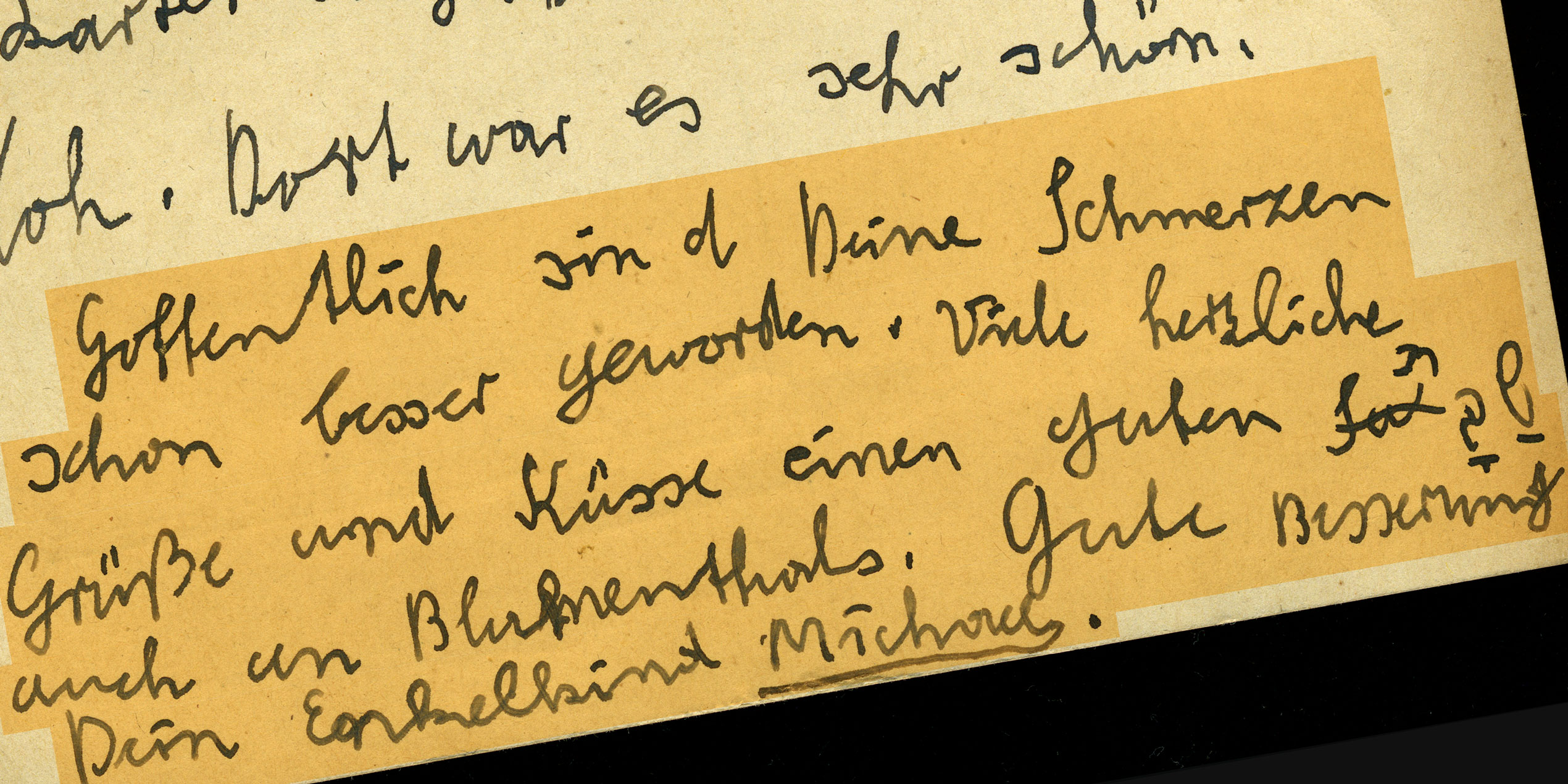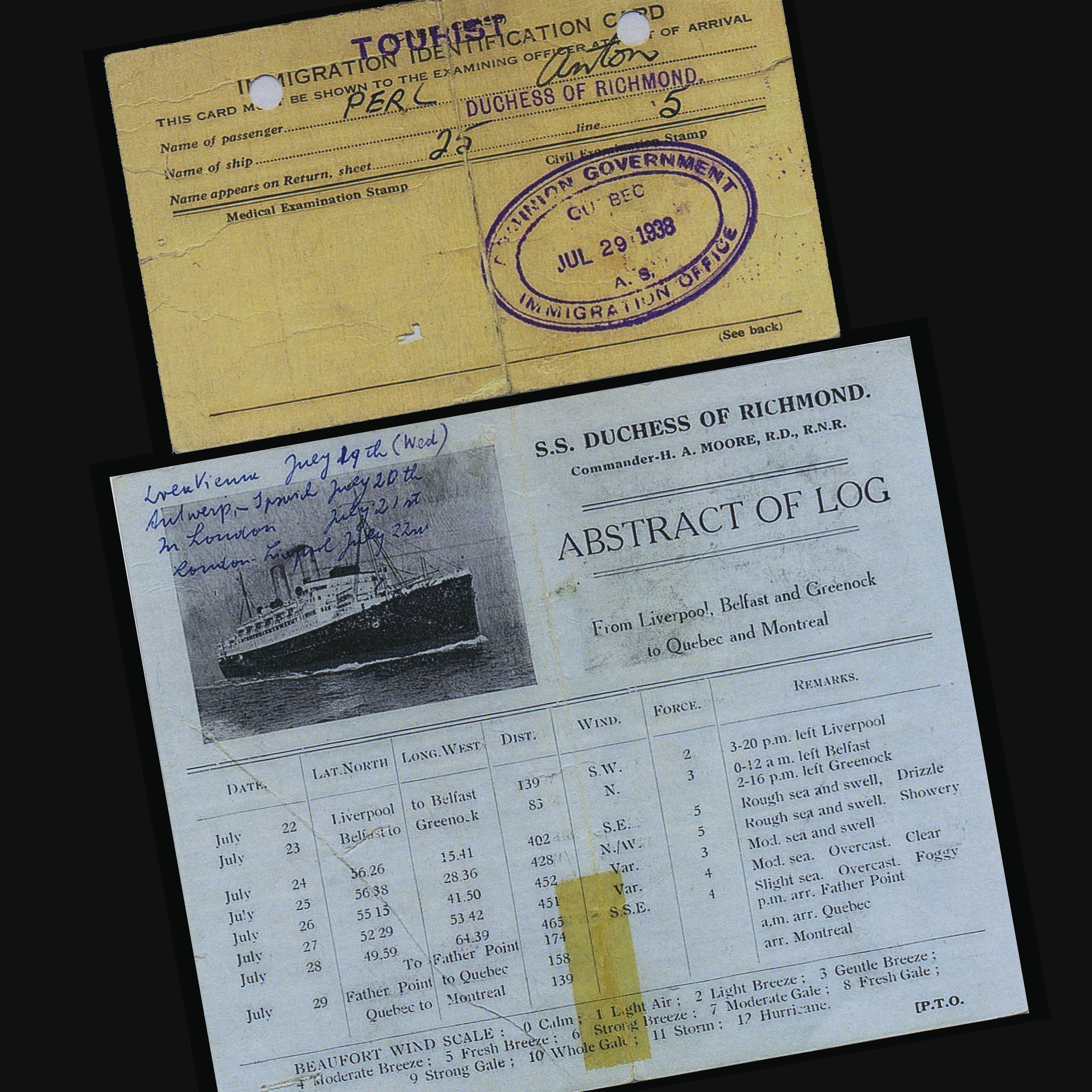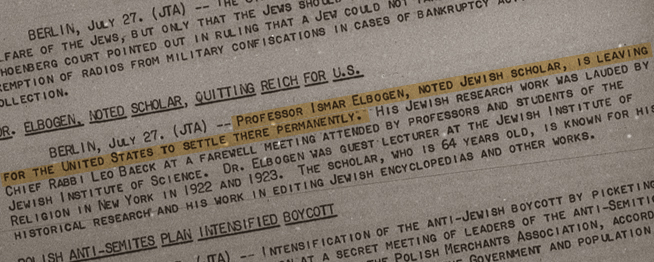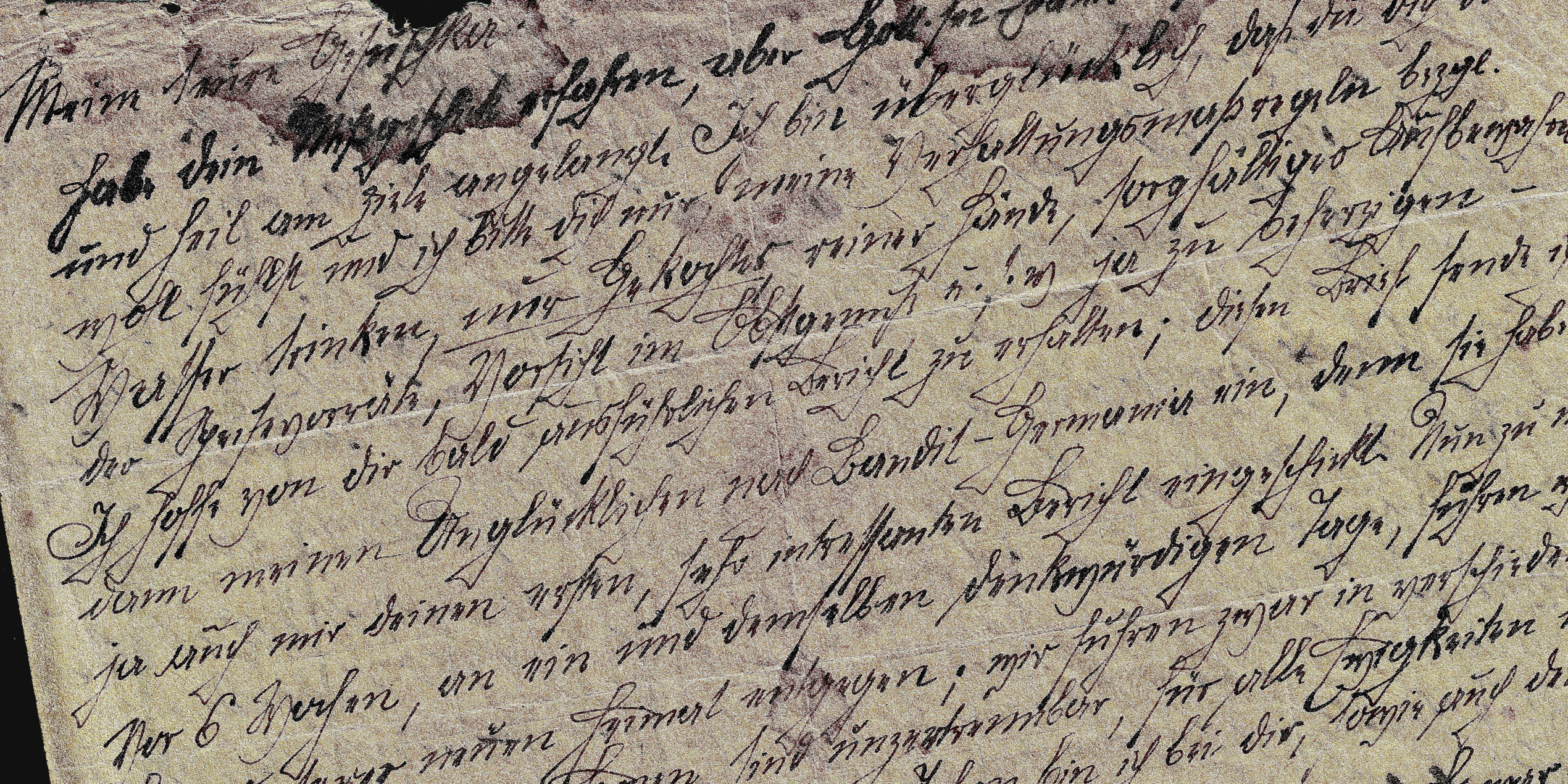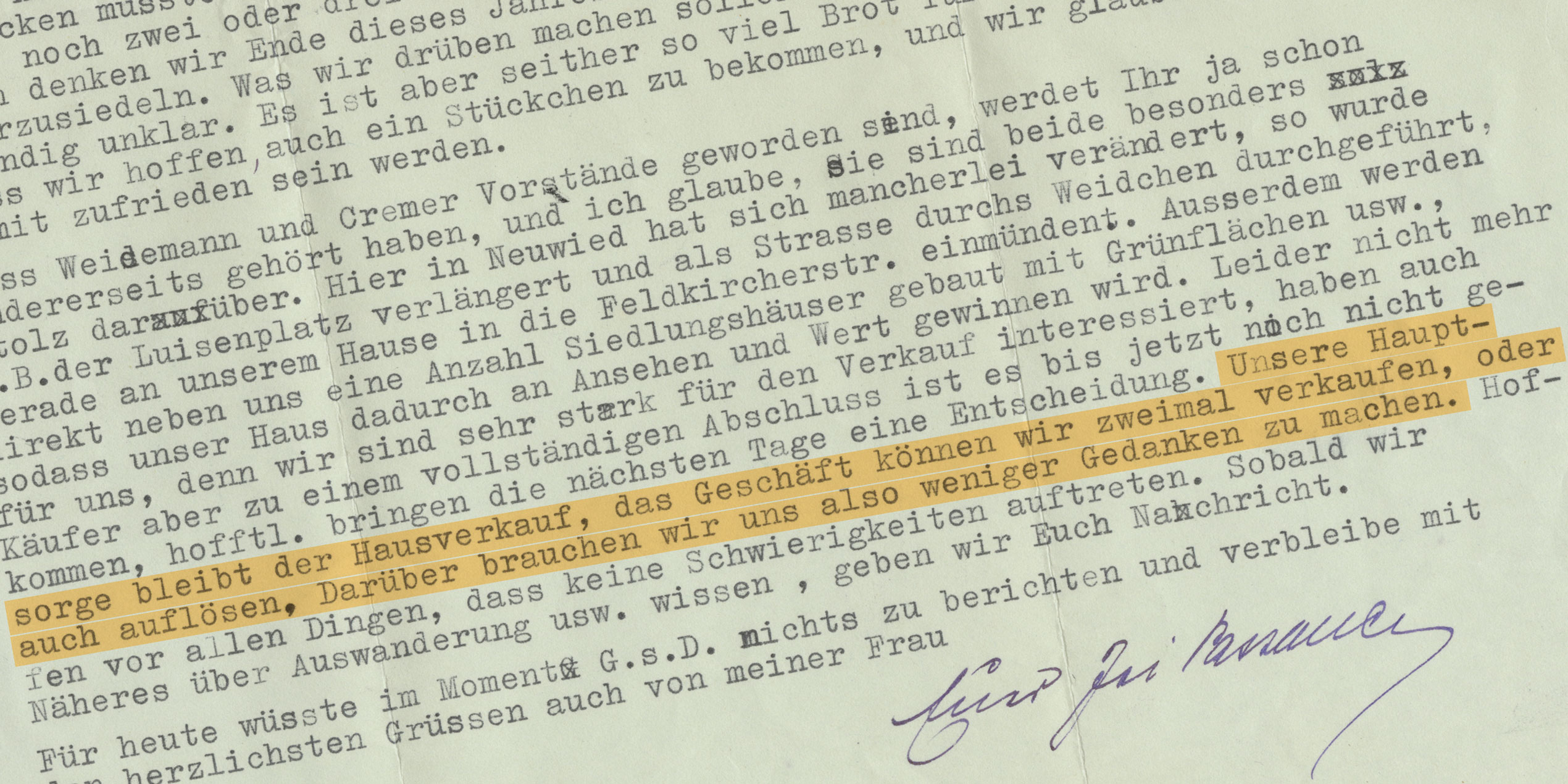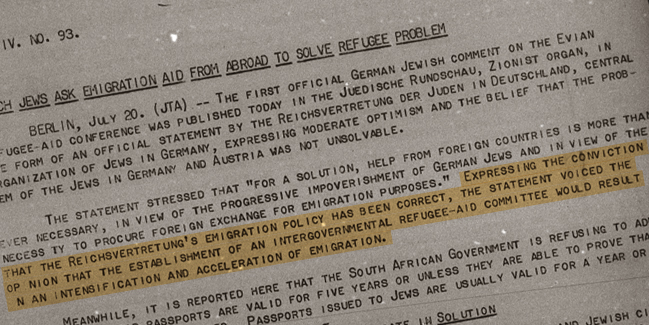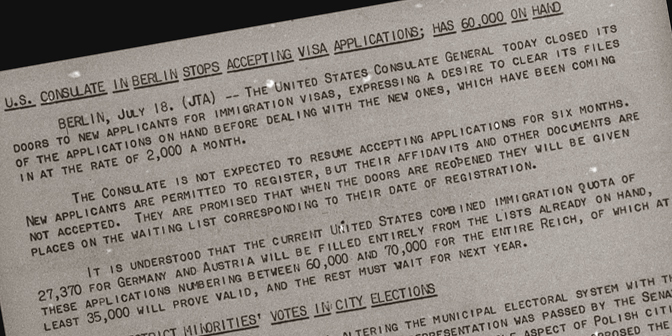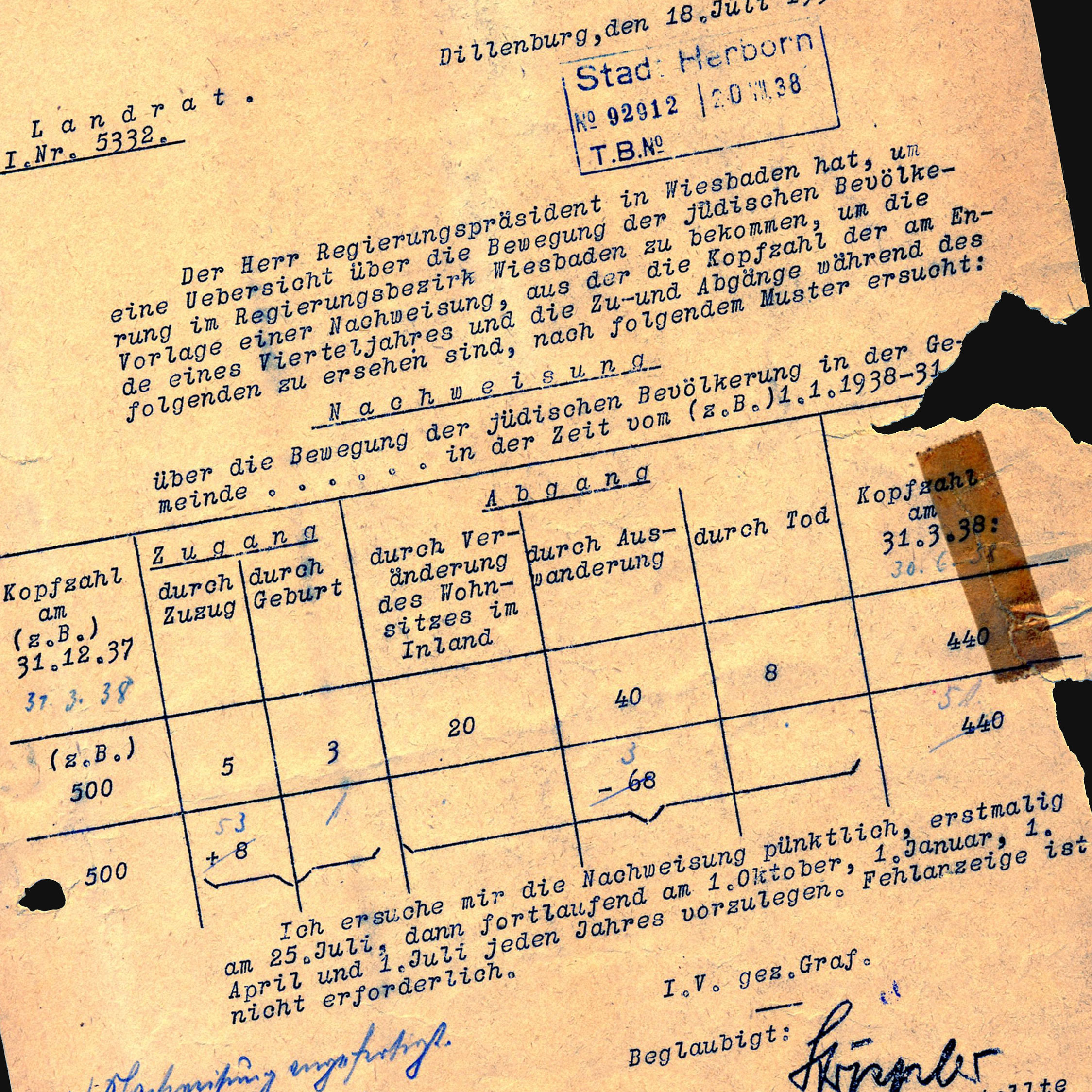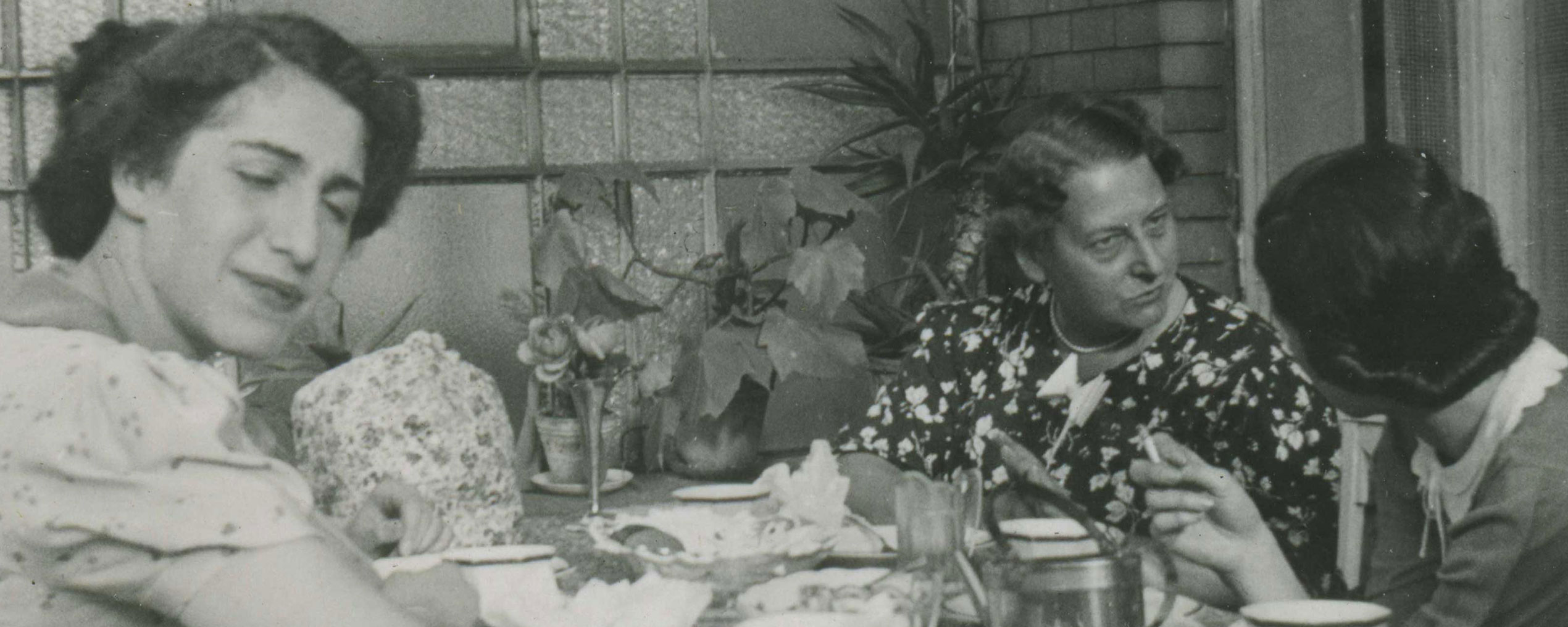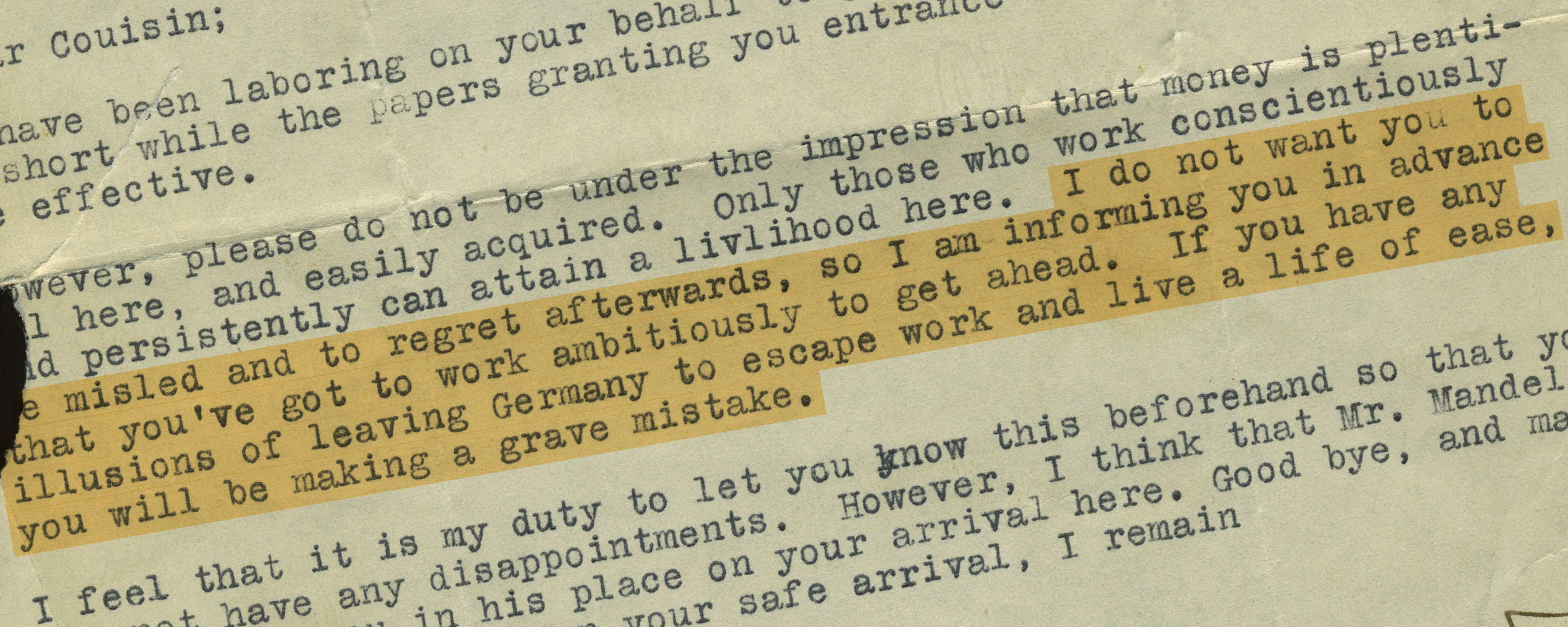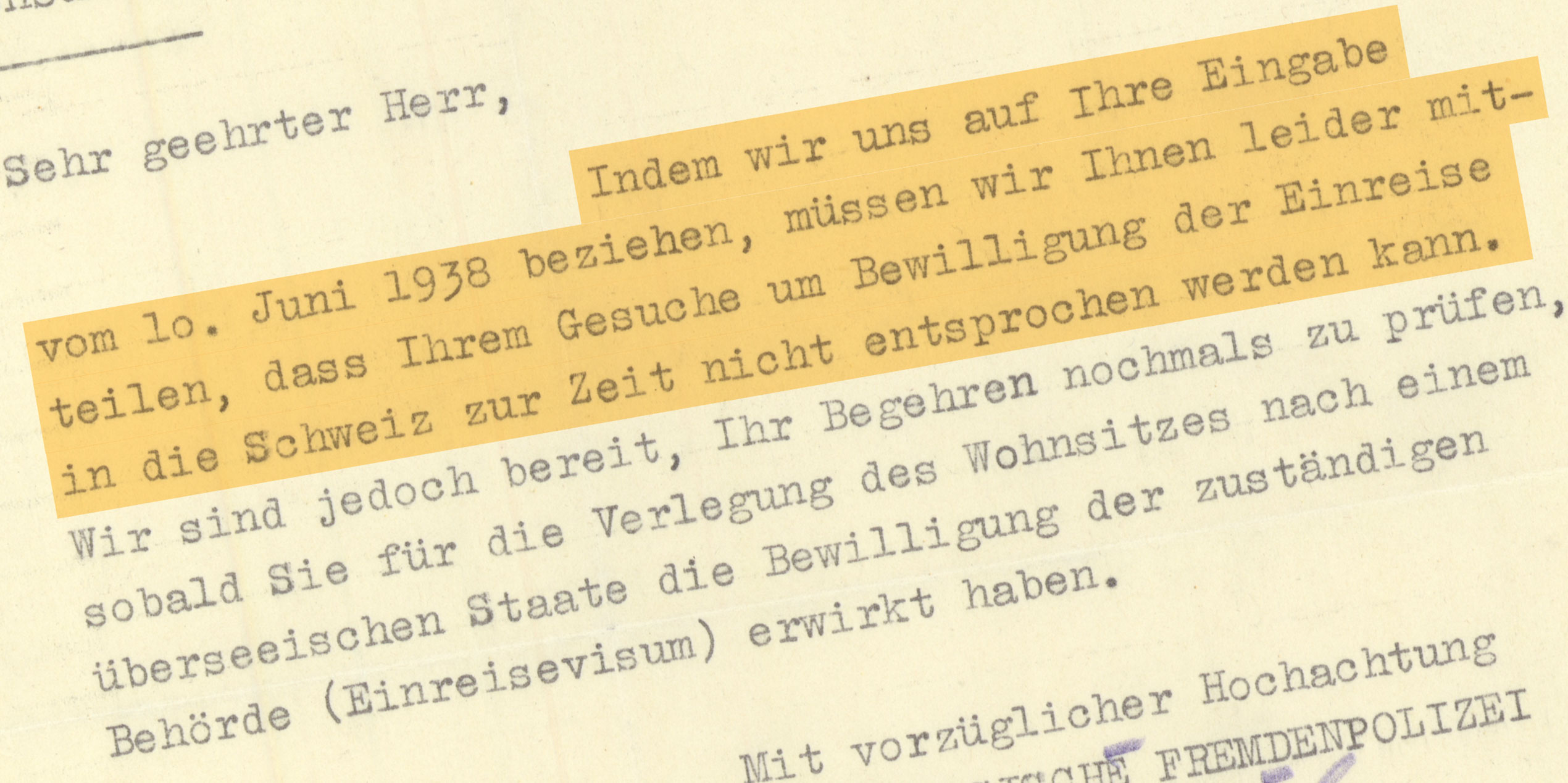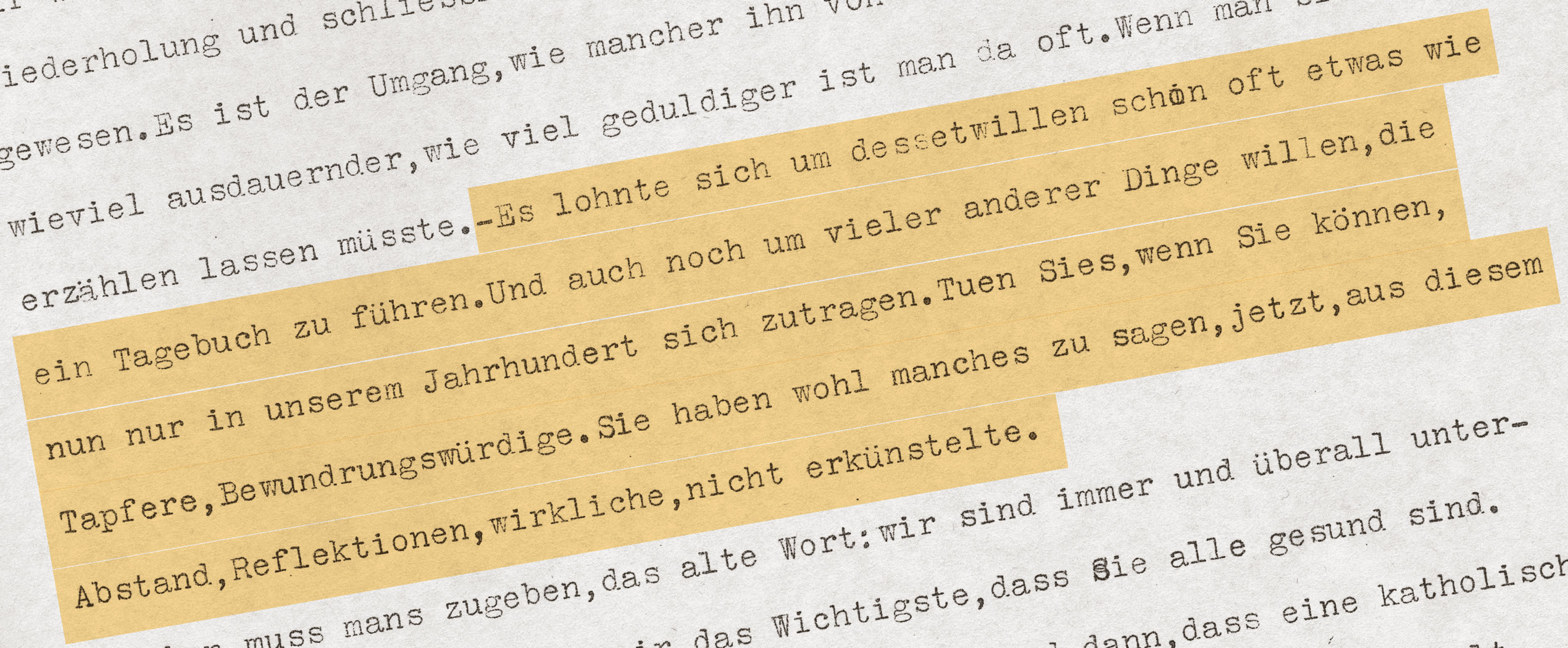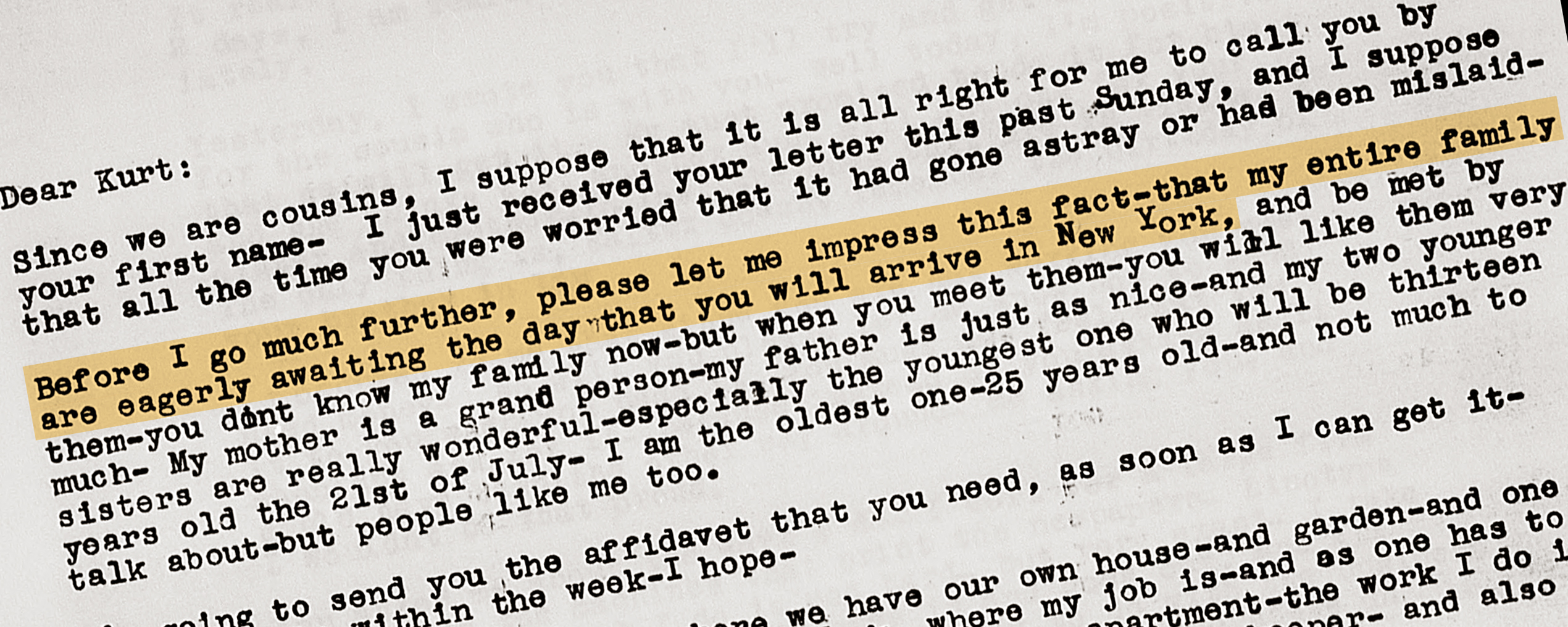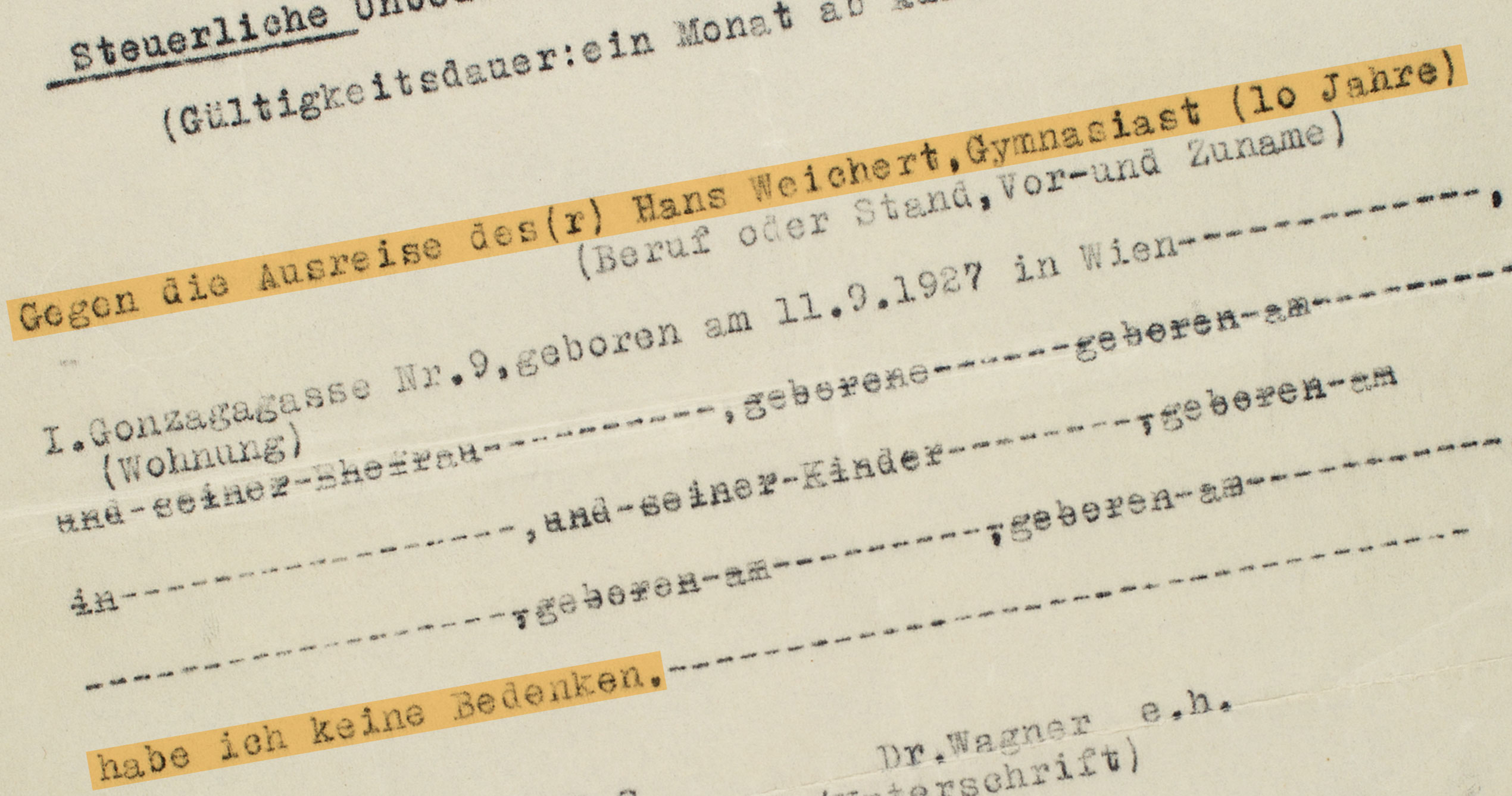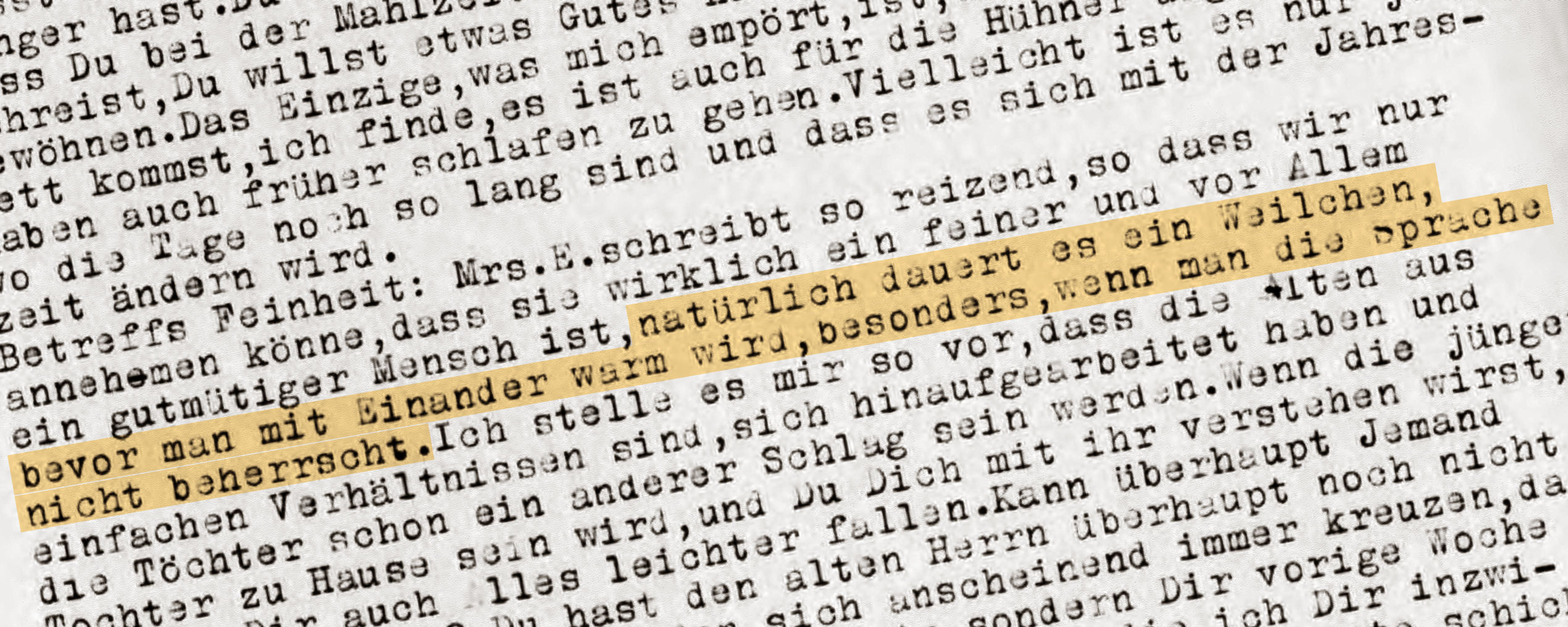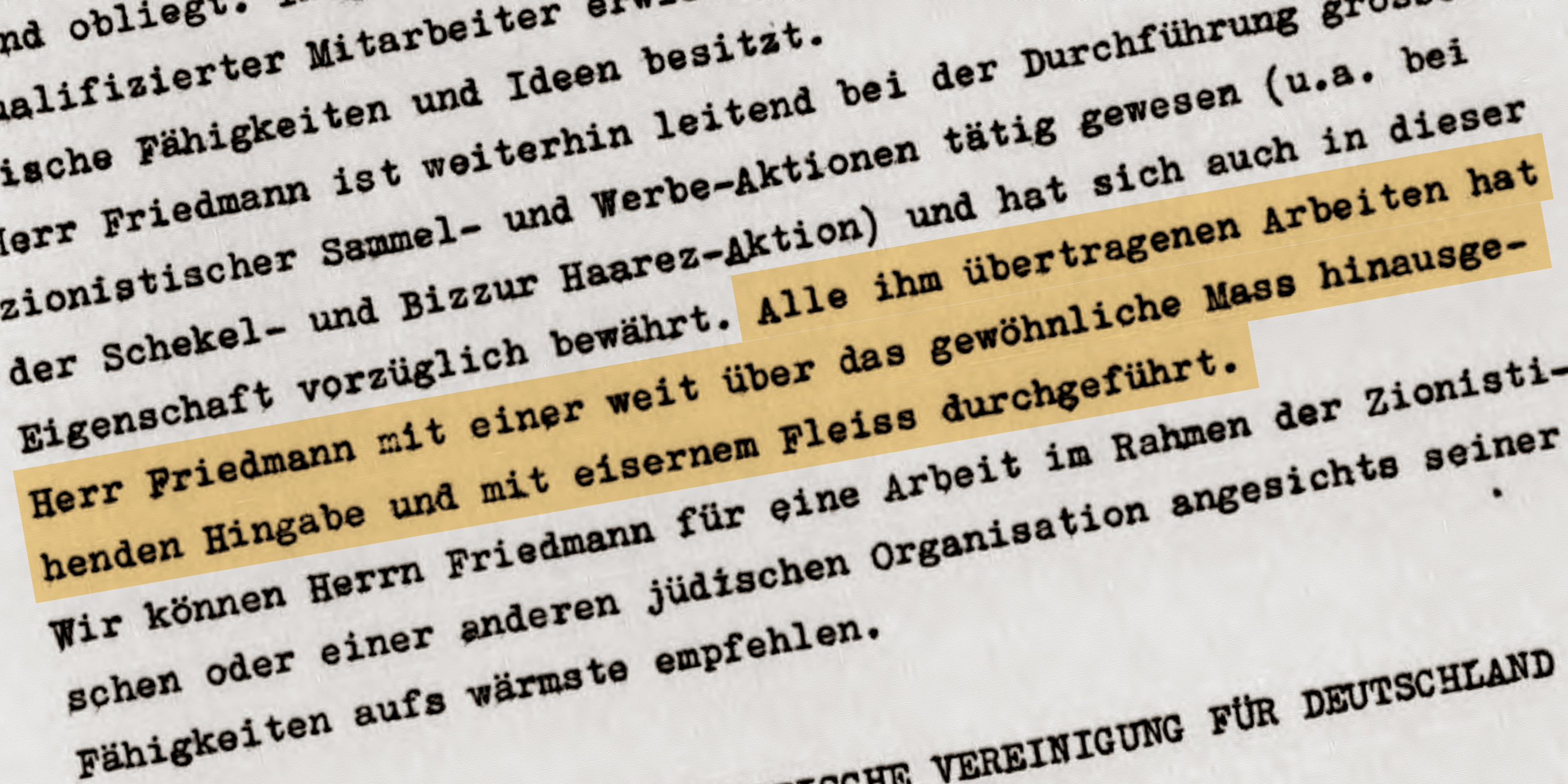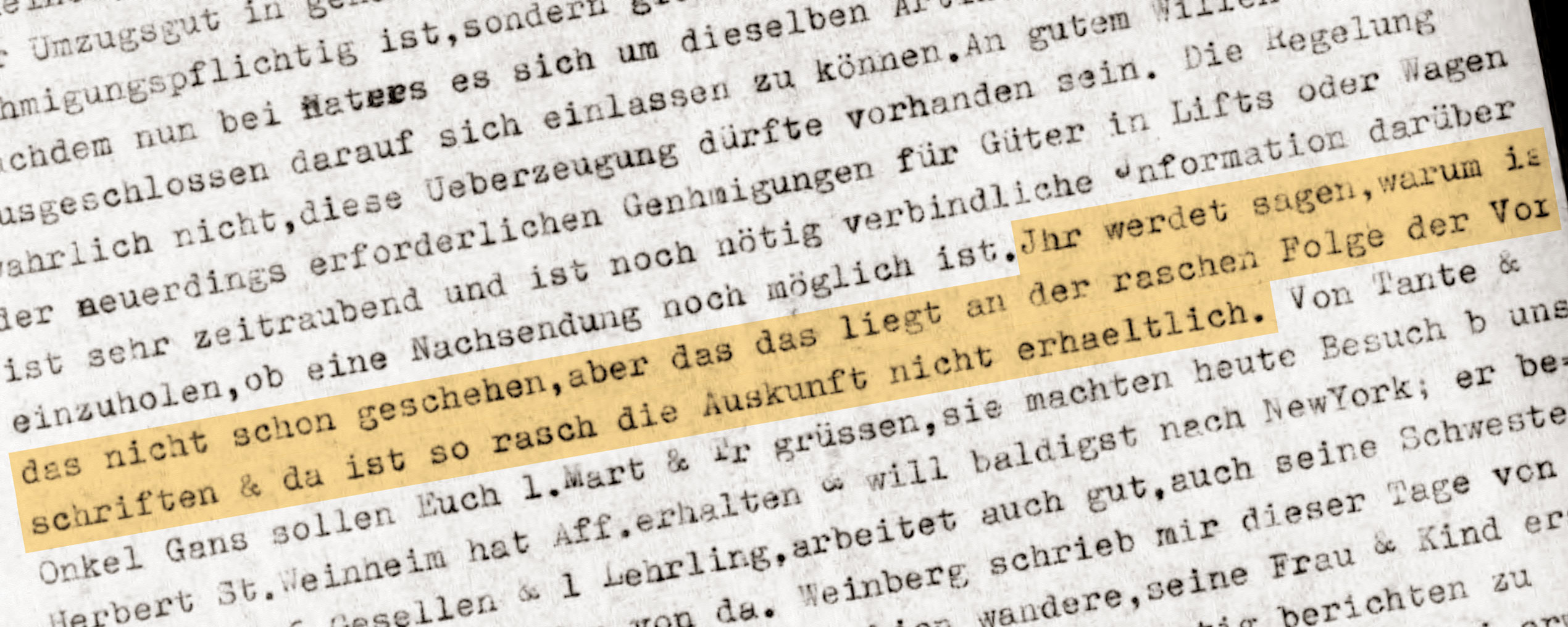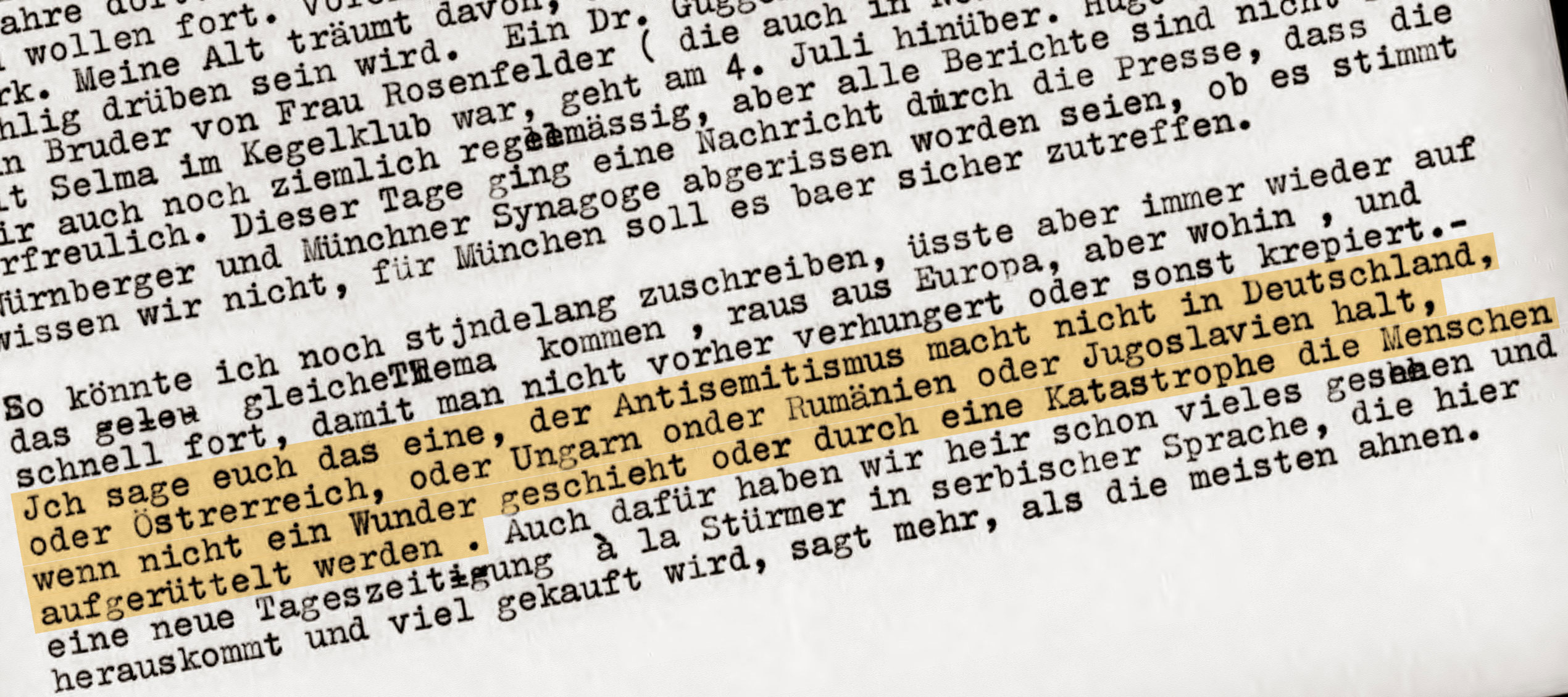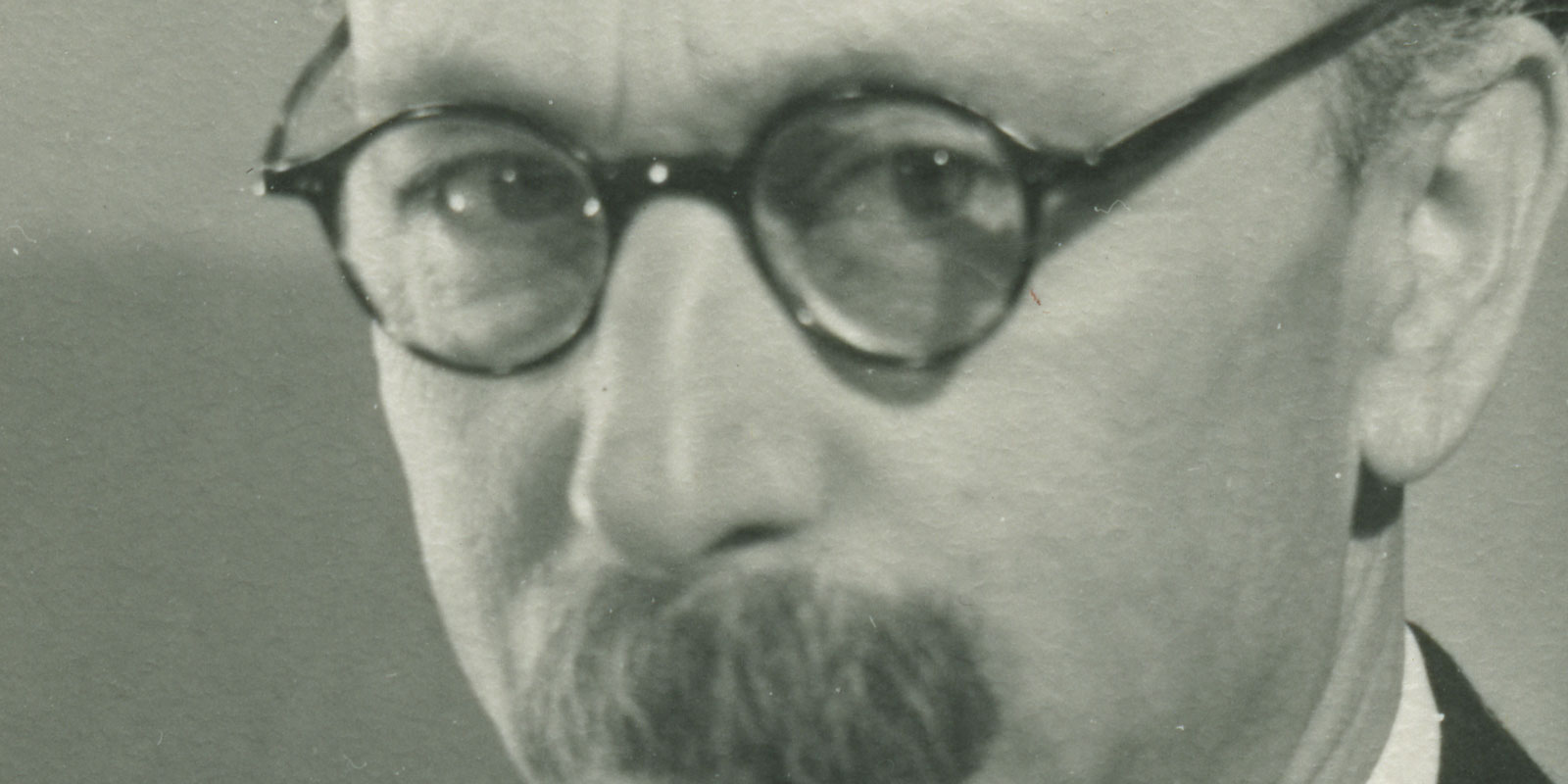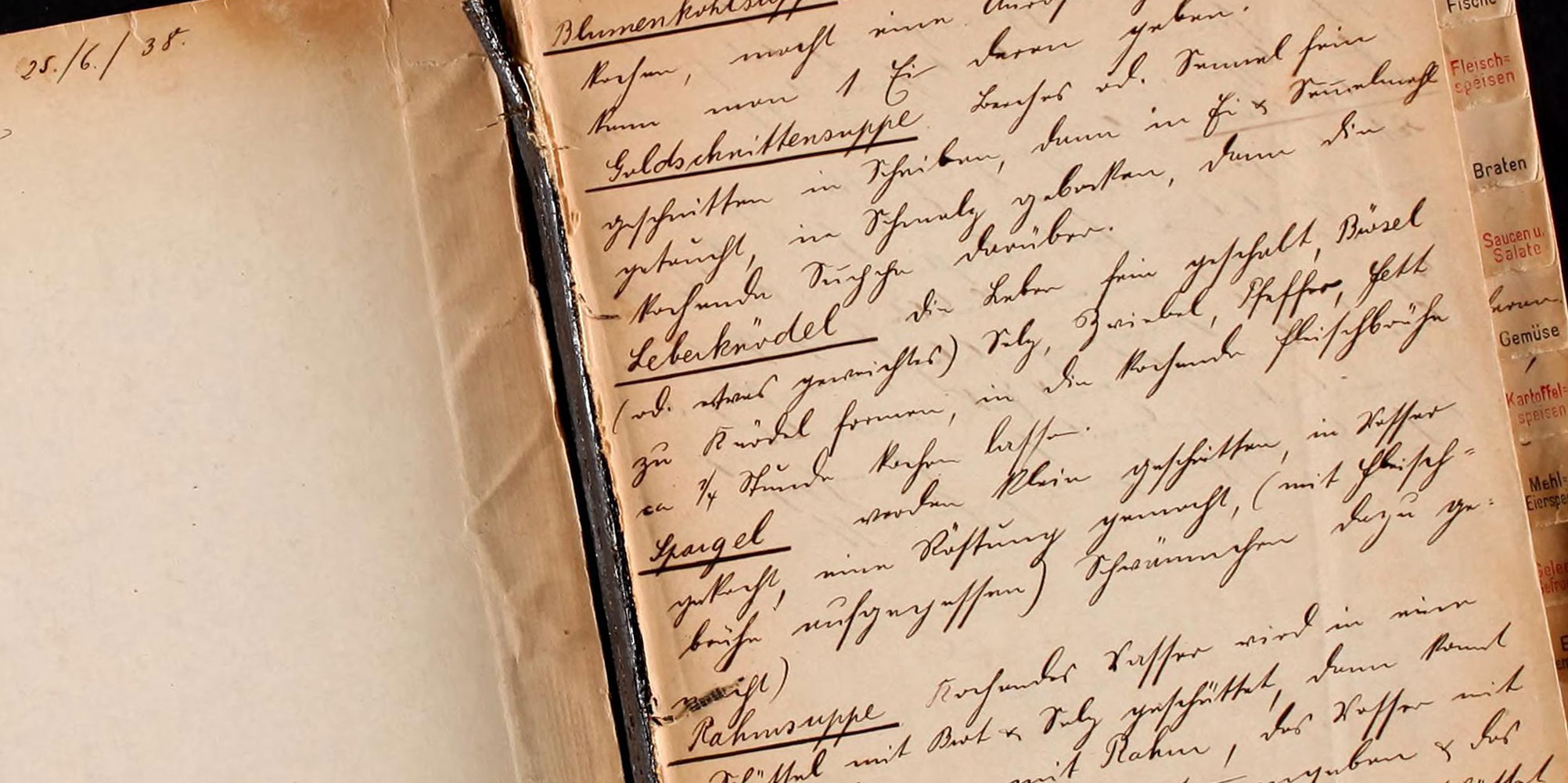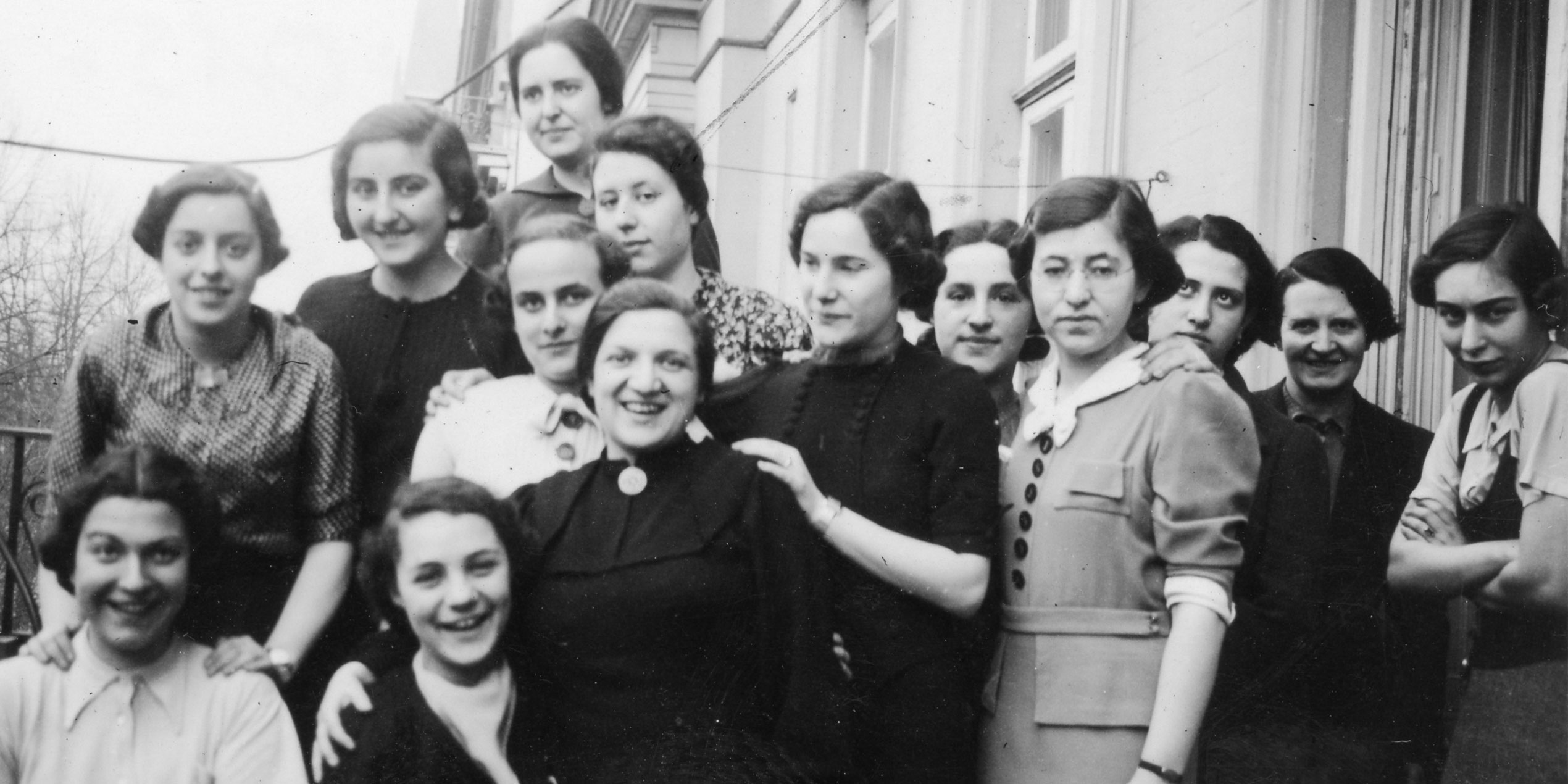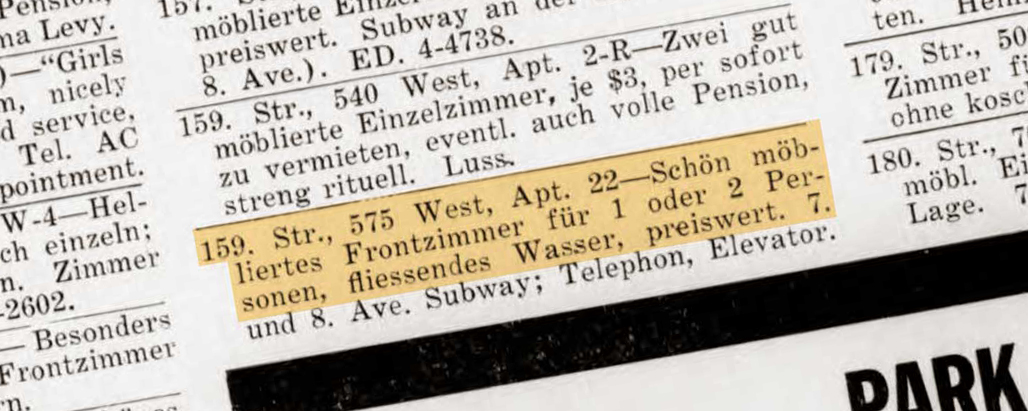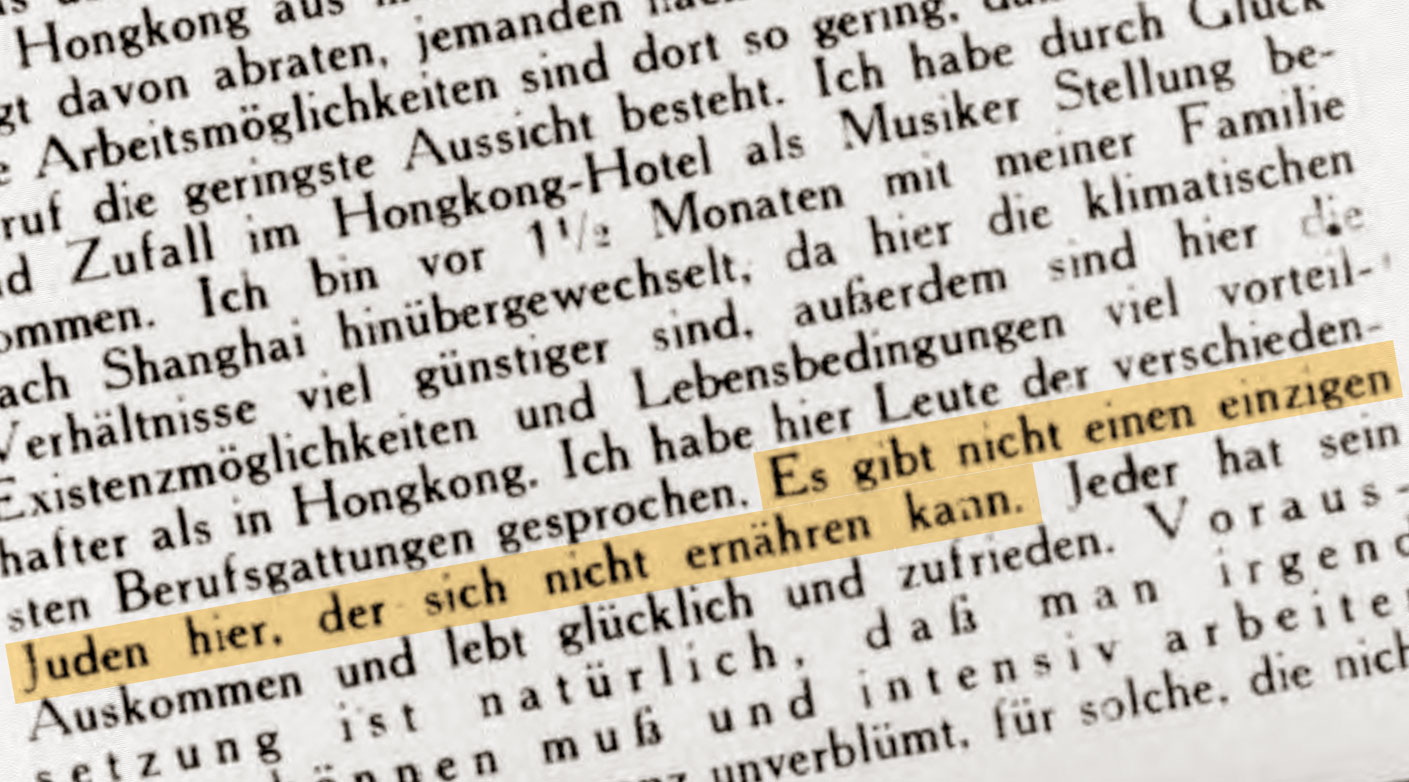Take a number
Helina Mayer is number 9443 on the waitlist for an appointment at the US Consulate
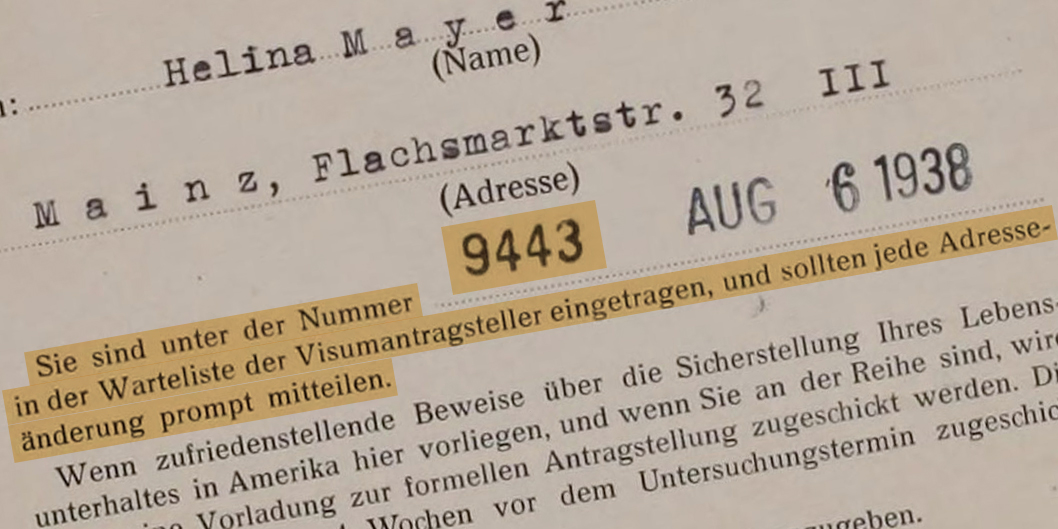
“You are registered in the waiting list of visa applicants under no. 9443 and should promptly notify us of any change of address.”
Stuttgart
Jews were hardly the only “undesirables” the US Immigration Act of 1924 aimed to keep out of the country. When the law was introduced, efforts to exclude certain nationalities, especially Chinese, Japanese, and other Asian immigrants, had been going on for half a century. In the early 1920s, a quota system was introduced that favored immigrants from Northern Europe. The quotas were not adjusted to address the severe refugee crisis created by the persecution of Jews by Nazi Germany. Even for nationals of the favored countries of origin, just doing all the paperwork to get on the waiting list for an American visa was a major headache, and the waiting could be demoralizing. As documented by this ticket issued to Helina Mayer in Mainz by the US Consulate General in Stuttgart, applicants could expect to be summoned for examination according to their number in line, provided they had submitted “satisfactory proof” that their livelihood in the US was secured.
SOURCE
Institution:
Leo Baeck Institute – New York | Berlin 
Collection:
Joan Salomon Family Collection, AR 25380 
Original:
Box 1, folder 5



